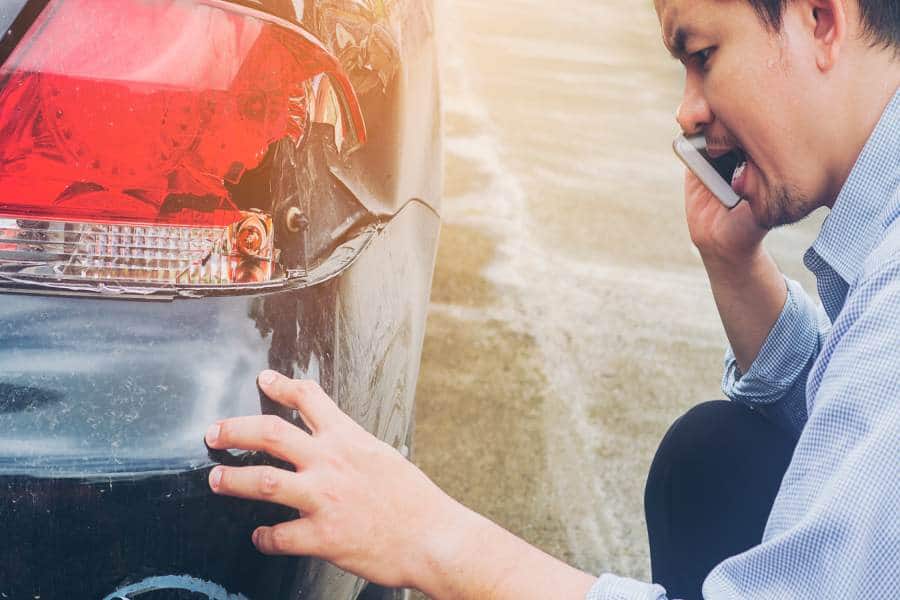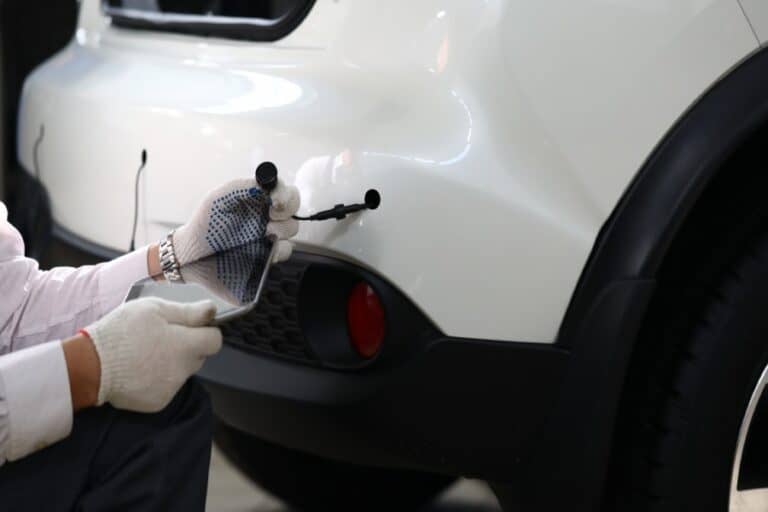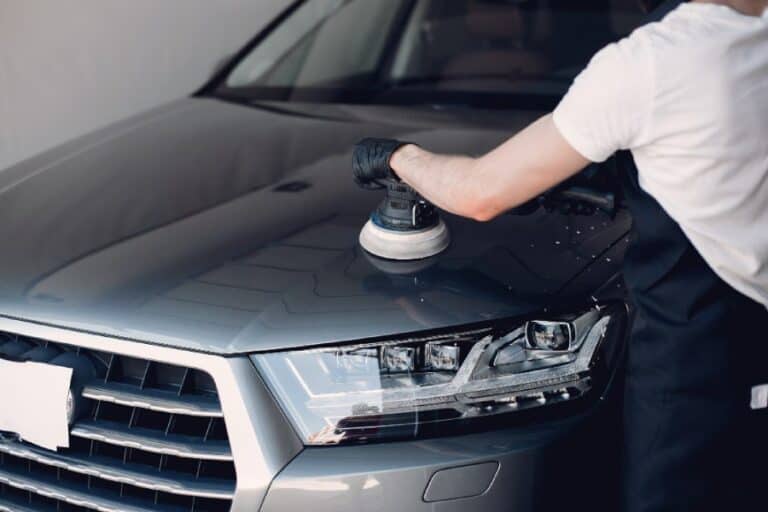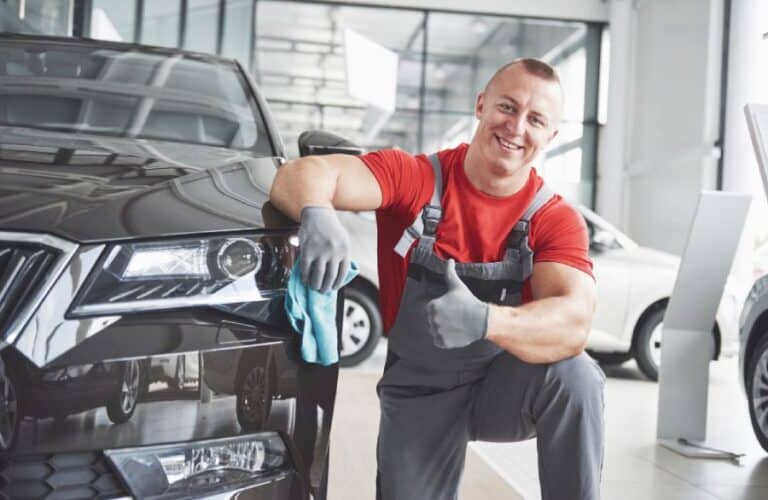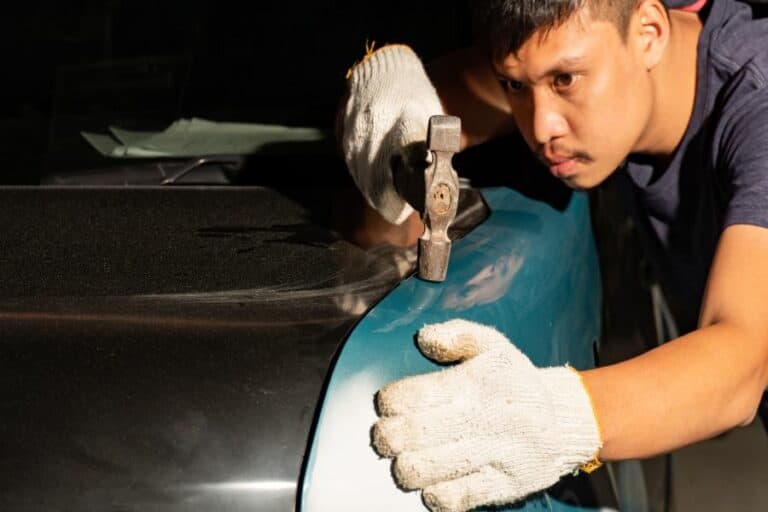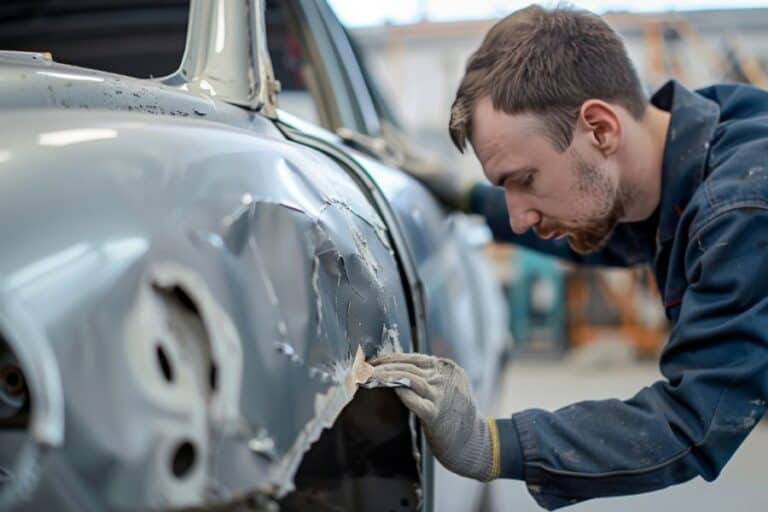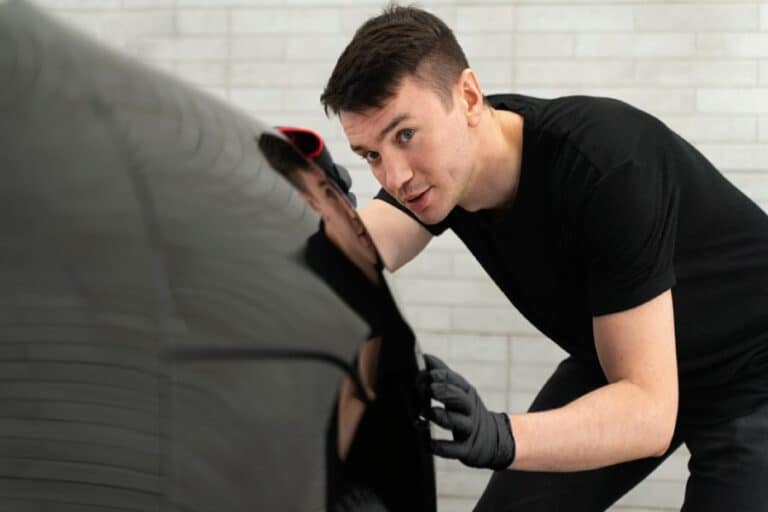The Ultimate Guide To Dent Repair: Techniques, Tools, And Tips For Car Owners
Seeing dents on your car can be disheartening, particularly if you value its aesthetics. Whether caused by a shopping cart, a small accident, or hail, mastering the art of dent repair Idaho can help you avoid unnecessary expenses and time loss. This comprehensive guide offers valuable information on different methods for fixing dents, the necessary tools, and practical advice for all vehicle owners.
Understanding Dent Types
Prior to exploring repair methods, it is important to familiarize yourself with the various types of dents you may come across:
- Minor Dents: Minor, superficial dents that do not compromise the vehicle’s paint or structural strength. These are typically the result of minor collisions, such as those from car doors.
- Moderate Dents: Dents that are more prominent and could have harmed the paint usually necessitate more meticulous repair techniques.
- Severe Dents: Significant dents or those that have severely impacted the paint and body integrity typically necessitate expert repair services.
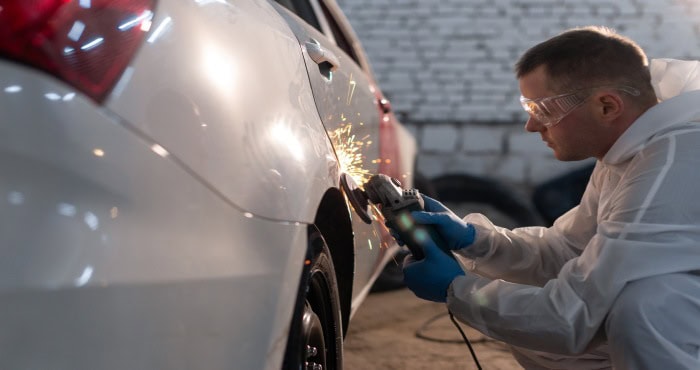
Dent Repair Techniques
Paintless Dent Repair (PDR)
For successful paintless dent repair (PDR) on a variety of vehicles, it is essential to gain access to the rear side of the dent. This can be achieved by taking off interior panels or using narrow gaps to reach the area behind the dent. Technicians then use specialized PDR tools, such as metal rods and rubber mallets, to gently push from behind the dent, ensuring that no additional damage occurs. After the dent is fully removed, the surface is polished to bring back its original luster.
Traditional Body Shop Repair
In cases of significant dents, it’s typically necessary to seek the services of a conventional body shop to properly fix the vehicle. The procedure starts with a technician conducting an assessment to gauge the level of damage, which is essential for determining the best repair strategy. This assessment plays a vital role in helping the technician decide if processes like filling, sanding, or painting are required to achieve the best outcome.
After the evaluation is finished, the subsequent actions include repairing and refinishing the affected section. Should the paint be damaged, a body filler is used to achieve a smooth surface that blends well with the adjacent bodywork. Once filled, this area is carefully sanded to guarantee a uniform finish prior to repainting it to match the vehicle’s original color. Although this process may require more time and potentially higher expenses than paintless dent repair, it is crucial for maintaining the car’s structural integrity and providing a polished look.
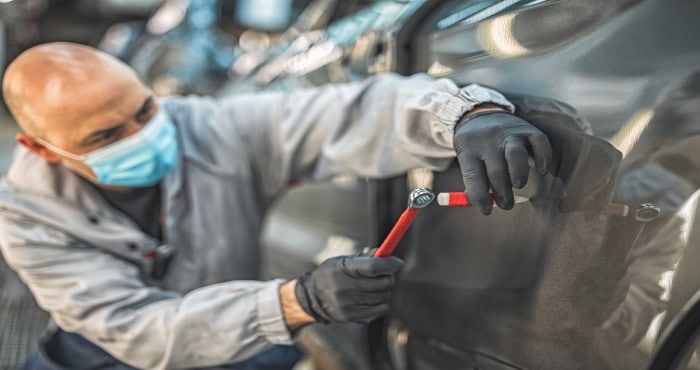
DIY Dent Repair Methods
For car owners who prefer a hands-on approach to repairing small dents, there are numerous DIY solutions that can yield good results. One widely used method involves pouring hot water over the dent and then applying pressure from behind using your hands or a plunger, especially effective on plastic bumpers. Alternatively, you can try the dry ice technique: by rubbing dry ice on the dent, the metal may contract and pop back into place.
For efficient dent removal, consider using a combination of heating and cooling methods. Begin by warming the dent with a hair dryer, then place aluminum foil over it and add dry ice on top. The swift transition from heat to cold can generate sufficient pressure to pop the dent out effectively. These do-it-yourself techniques are useful for tackling small dents, allowing you to save money on repairs while maintaining your vehicle’s appearance.
Using a Dent Repair Kit
There is a wide selection of dent repair kits on the market, aimed at assisting vehicle owners in efficiently removing dents. Typically, these kits come with glue pullers that utilize a hot glue gun to affix a pulling device straight onto the dent. This method enables you to extract the dent without requiring access to the rear side of the panel, making them especially advantageous for hard-to-reach repairs.
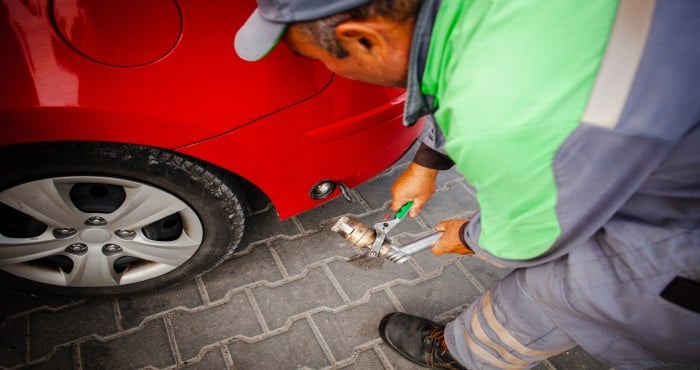
Besides glue pullers, these kits typically come with tapping tools that are useful for evening out the surface when the dent is still a bit elevated after being pulled.
Essential Tools for Dent Repair
Should you choose to handle dent repair independently, possessing the appropriate tools is crucial for achieving effective outcomes.
- PDR Rods: They are available in a range of forms and dimensions, enabling you to tackle various kinds of dents.
- Rubber Mallet: Ideal for removing dents while preserving the integrity of the surrounding surface.
- Heat Gun or Hair Dryer: To heat the metal prior to using techniques such as the dry ice method.
- Glue Gun: When employing a glue-pulling technique, it is crucial to have a top-notch glue gun.
- Suction Cups: Seek out robust suction cups specifically made for removing dents.
Tips for Successful Dent Repair
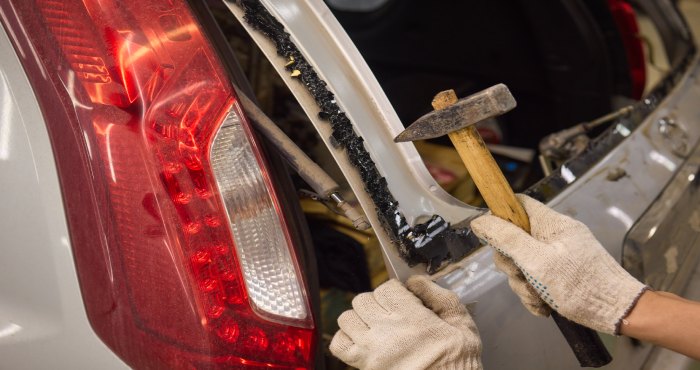
- Assess the Damage First: Assess the depth and position of the dent prior to beginning any repairs. This assessment will guide you in choosing the most effective method.
- Work in a Controlled Environment: Whenever feasible, carry out repairs in a garage or shaded location to prevent extreme temperatures from impacting your tools or techniques.
- Take Your Time: Hurrying may result in errors or additional harm. It’s important to take your time to evaluate and carefully navigate the repair procedure.
- Test on a Small Area: If you’re uncertain about a do-it-yourself technique, try it out on a spot that’s not easily seen to confirm that it won’t harm the paint or surface.
- Know When to Seek Professional Help: Should the dent be significant or if you feel uneasy about making the repair yourself, don’t hesitate to reach out for professional assistance.
Dents on your car need not be a cause for annoyance. By utilizing appropriate methods, tools, and some patience, you can bring your vehicle back to its original condition. Whether you decide to handle the repairs on your own or hire a professional, knowing the available choices will give you confidence as a car owner. Keep in mind that consistent maintenance and attention can help avoid future dents and ensure your vehicle remains in top shape for many years ahead.

